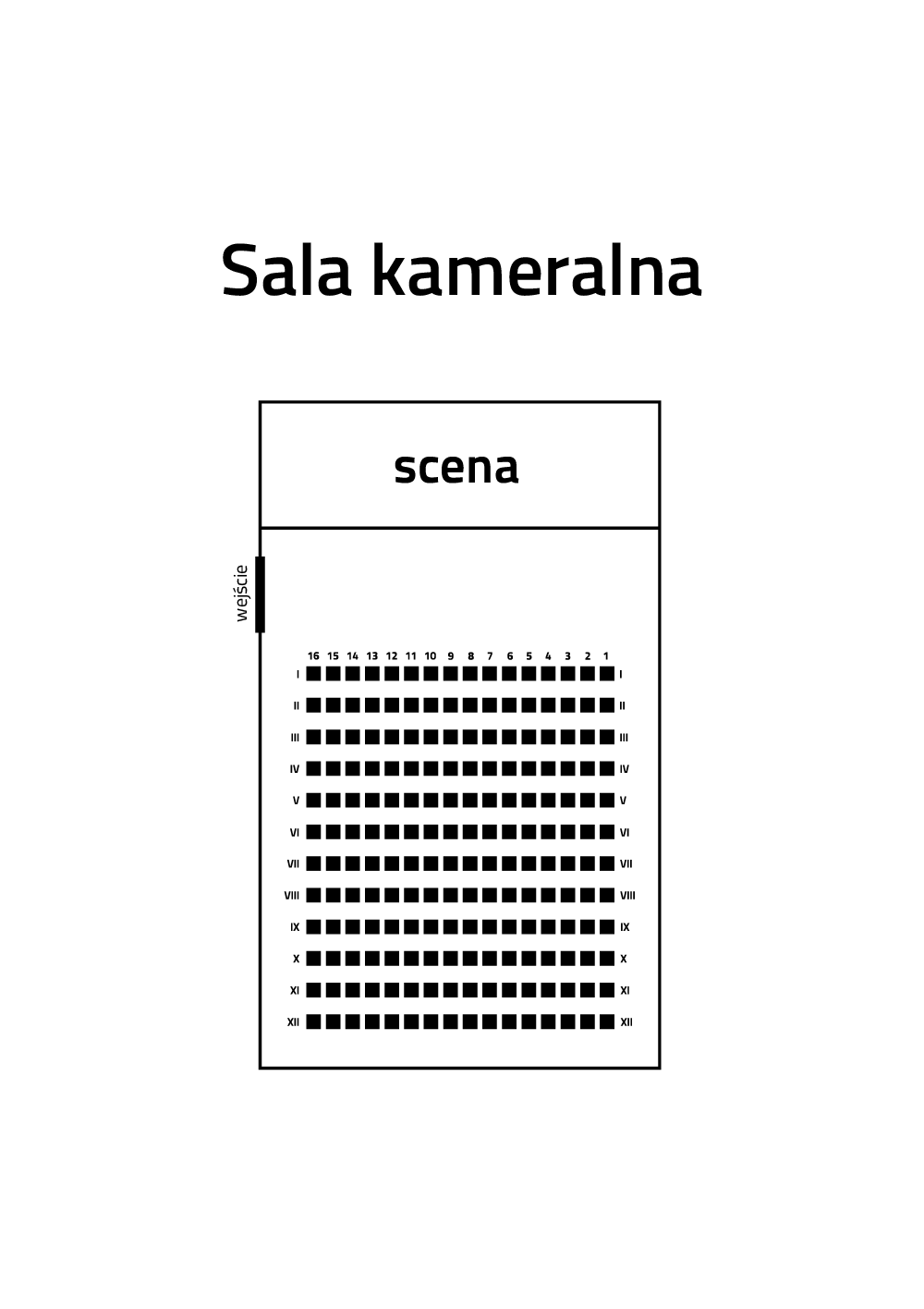This sonata by English composer Arnold Bax (1883-1953) was written in 1921 with the violinistic artistry of Lionel Tertis in mind, the original performer of the composition. At a time of great repercussions in the world of music at the turn of the century, Arnold Bax remained faithful to the aesthetics of romanticism (even at the cost of fashion). Melancholy, melodies based on modal scales and dance elements that can be heard in the sonata are clear evidence of this romantic affinity.
The chamber concert program also features the famous Sonata in D minor for violin and piano Op. 9 by Karol Szymanowski. During a previous edition of the philharmonic musician chamber concert (11.11.), music lovers were treated to a transcription of this work by Kazimierz Wiłkomirski. During our Wednesday evening, the original will sound out in the Chamber Hall. It was created, like many of Szymanowski's violin works, in close collaboration with virtuoso and instrumentalist Paweł Kochański. The sonata dates back to 1904 when Szymanowski still remained in the romantic world of the nineteenth century. The success of the piece during public performances was colossal, as Szymanowski reported in 1910: "Yesterday ... Paweł Kochański and Melcer played my sonata (by the way – awfully), but the success was colossal, imagine: I had to go out on stage a few times".
In the catalog of Dmitri Shostakovich's compositions, Cello Sonata in D minor occupies an early position. The composition comes from 1934, that is, from the so-called storm and thrust times, but in the sense of the emotional turmoil of the artist. Shostakovich was then in love with the artist performing the leading role of "Lady Macbeth of the Mtsensk District" (in his opera), a young female student. This resulted in a separation from his wife, to whom he soon returned. The Sonata consists of four parts (Allegro non troppo, Allegro, Largo, Allegro).
In spite of the early phase of the work, which this piece represents, the characteristic features of Shostakovich's musical language appear in it, for example, in the Largo part of the lyricized spiritual phrase, spiced with a bit of bitterness through unresolved dissonance. “Shostakovich's joy is never a real joy, it is always flavored with a bit of sadness."
The chamber concert also features popular works such as Tomas Antonio Vitali’s violin "Chaconne" and Camille Saint-Saëns's "Danse macabre." Tomaso Antonio Vitali (1663-1745) was a composer and violinist of the Baroque era, the son of a famous cellist. The piece, because of its global popularity, functions in many transcripts and is based on repetitive bass, against which the violin presents a series of variations (typical of baroque). "Danse macabre" is a transcription of Saint-Saëns's symphonic poem with the same title that refers to the program's content. It is midnight – death invites ghosts to join the fun. The ever-expanding dance ends with the rooster's cockrow, which is the prelude of the day – the victory of life over death.
------------------------------
Mikołaj Rykowski PhD
Musicologist and clarinetist, doctorate, and associate at the Department Music Theory at the Paderewski Academy of Music in Poznań. Author of a book and numerous articles devoted to the phenomenon of Harmoniemusik – the 18th-century practice of brass bands. Co-author of the scripts "Speaking concerts" and author of the spoken introductions to philharmonic concerts in Szczecin, Poznań, Bydgoszcz and Łódź.

